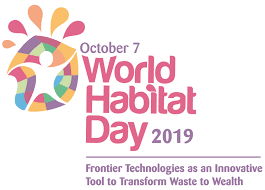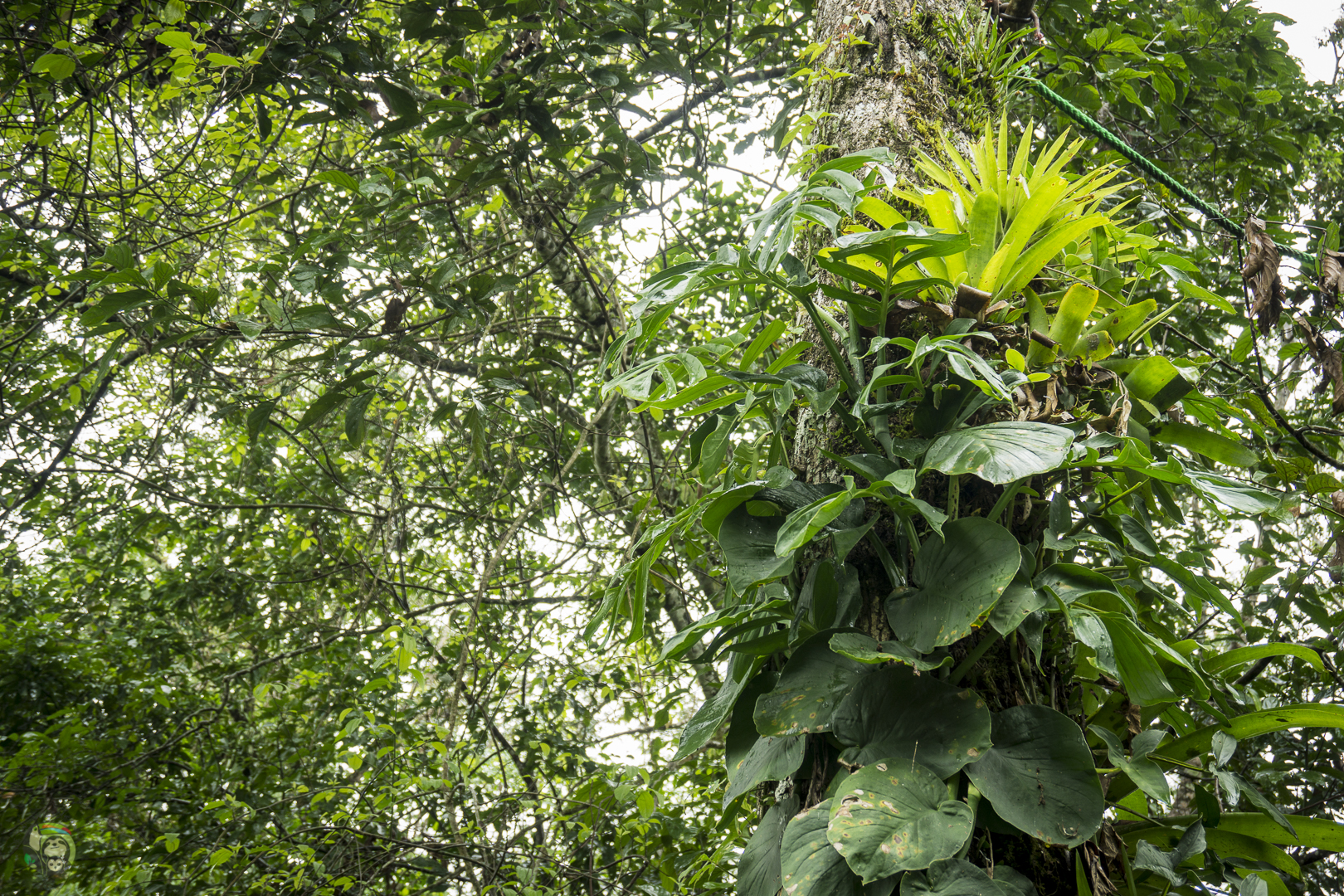This very important holiday was established as an international day by the United Nations. International days like today are marked to educate the public on concerning issues to help mobilize action, political will, and potential resources to advocate for change.

Do you know the meaning behind 2019’s World Habitat Day?
This year, the UN has declared the theme to be “Frontier Technologies as an innovative tool to transform waste into wealth.” Put simply, this theme encompasses how we manage our waste and how we can do so more sustainably. This theme piggybacks off of last year’s theme, “Municipal Solid Waste Management,” but focuses more on the power of technology to improve the lives of all living creatures. This theme falls under the umbrella of sustainable development, which can be applied every day in our constantly changing, fast-paced world.
While this theme may seem unrelated to the realm of wildlife, it is highly pertinent to it. Urban development worldwide is a key issue causing the displacement of natural habitats: deforestation, degradation, destruction, change in climate, and many other issues are caused by human development. With development comes to waste, and learning how to safely and sustainably reduce our waste as a whole can greatly change our negative impact on wildlife.
In 2015, about 137.7 trillion tons of municipal solid waste was dumped in landfills in the USA alone! Plastics accounted for about 19%, paper and paperboard made up about 13%, and rubber, leather, and textiles comprised about 11%, while other materials covered the rest. That was four years ago. Think of how trends in our world translate into waste: fast fashion, plastic for convenience, and growing populations, to name a few. That number has surely skyrocketed, and with more waste for landfills, you need more land to fill.
Of course, that means less land for wildlife as well as for humans! We’ve all seen the mass destruction that comes with land-loss after the tragedy in the Amazon Rainforest this year. Healthy habitats are important for biodiversity and the longevity of an ecosystem. Without them, many species are lost. A healthy habitat includes having safe drinking water, access to proper food, safe housing, a balance between predator and prey, and so much more. The delicate connection between all living things is threatened by all forms of habitat displacement, whether that be for waste, agriculture, or infrastructure.
So, if World Habitat Day does not speak to you like World Rhino Day or World Elephant Day, rethink what it means to have a safe, healthy, and sustainable place to not only live but to thrive. Then think about how the loss of vital habitat would threaten the existence of the millions of species around the world. This is where “Frontier Technologies as an innovative tool to transform waste into wealth” and wildlife connect.
So, what can you do about it? Here are 5 surefire ways to reduce your waste’s impact on the planet:
- Recycle: We’ve been hearing about this one for years now – do it!
- Go paperless: This is a great tool for companies, departments, schools, and individuals and completely demonstrates this year’s theme by harnessing the power of technology to manage waste. Get your receipt emailed to you, rent your textbooks online, and DON’T print out that 45 page PowerPoint Slide Deck… let’s move to digital.
- Ban single-use plastic: Straws. We all know the deal with them. You don’t need to buy yourself a fancy metal straw and carry it around everywhere either! Just simply don’t use them, if you are physically able to. This also applies to grocery bags. It takes a one-time purchase for a LIFETIME use of a reusable grocery bag!
- Feeling ambitious? Go waste-free: There are many people who have adopted a waste-free lifestyle. What does this mean? Basically, these people throw away almost NOTHING. Usually, they can fit a year’s worth of trash into a small jar. Interested?
- Adjust your shopping habits: Are you often finding clothing in your closet that you haven’t worn in years? Or maybe you have tons of shirts lined up in your closet with the tag still on. This is a result of the FAST FASHION trend. Fast Fashion is the tendency for retailers to add new styles every week to their store, encouraging consumers to buy more and offering an insane amount of poorly made, but extremely cheap products. This translates into a closet full of clothing that you no longer want, and you simply don’t need it. This type of waste is completely avoidable and wastes a lot of money. Next time you’re out shopping, be on the lookout for the fast fashion trends and do your best to avoid them! Buy clothing that is durable and can last you years.
Sources: https://urbanoctober.unhabitat.org/whd; https://www.epa.gov/facts-and-figures-about-materials-waste-and-recycling/national-overview-facts-and-figures-materials#Landfilling
This blog was written by Marketing Intern Ally Chamberlin and edited by Mady Rangel.




